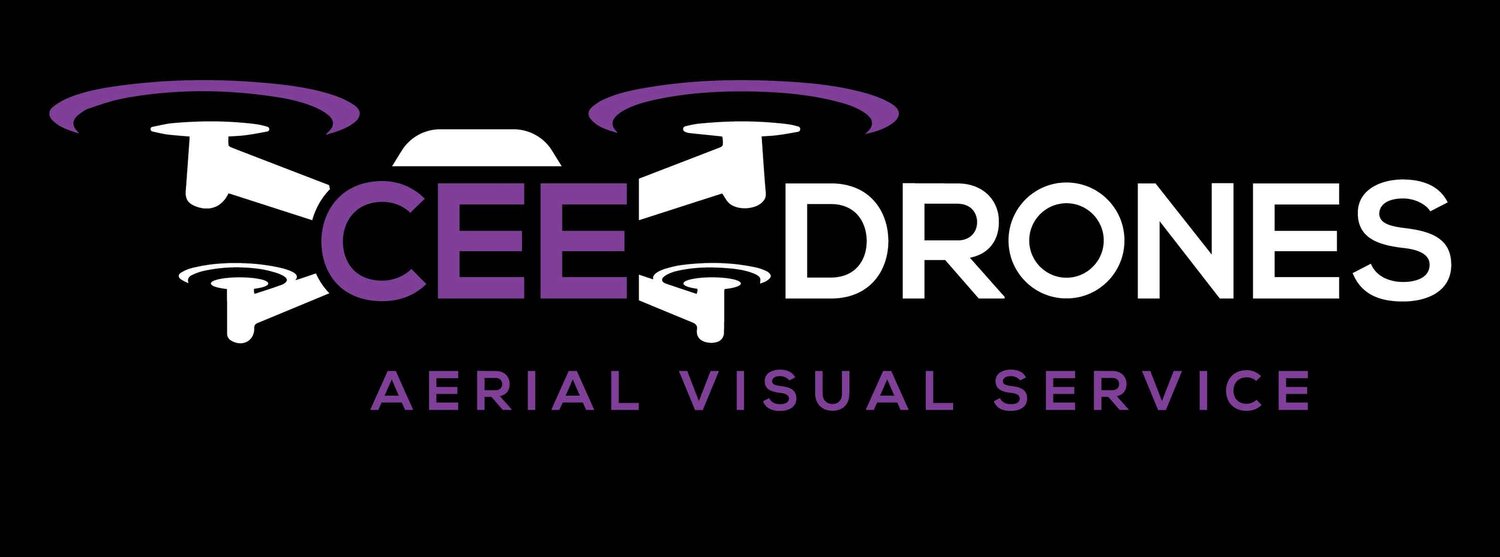Drone Laws in Texas: What you Need to Know.
Drone Laws in Texas: What You Need to Know
Drones have become increasingly popular for recreational and professional use. They offer a unique perspective and the ability to capture stunning aerial footage. However, it's important to be aware of the laws and regulations surrounding drone usage, as each state has its own set of rules. If you're a drone enthusiast in Texas, here's what you need to know about the drone laws in the Lone Star State.
1. Registration:
In Texas, you are not required to register your drone with the Federal Aviation Administration (FAA) if you are using it for recreational purposes. However, if you are using your drone for commercial purposes, such as aerial photography or videography for profit, you must register your drone with the FAA and obtain a Remote Pilot Certificate.
2. Fly Zone Restrictions:
When flying your drone in Texas, there are certain airspace restrictions that you must adhere to. It is important to stay aware of your surroundings and avoid flying near airports, military bases, and other restricted airspace. Additionally, drones are prohibited from flying over correctional facilities, such as prisons, and within a certain distance from critical infrastructure, such as power plants or oil refineries.
3. Height and Distance Limits:
In Texas, drones must not exceed a maximum altitude of 400 feet above ground level. It is also important to maintain a safe distance from people, vehicles, and structures. Always fly your drone within your line of sight and avoid flying in crowded areas or over private property without permission from the owner.
4. Privacy and Consent:
Respecting the privacy of others is crucial when flying a drone. Avoid capturing images or videos of individuals without their consent, especially in private areas. It is also important to be mindful of personal property and avoid trespassing while flying your drone.
5. State and Local Regulations:
While the FAA governs most drone regulations, it's essential to be aware of any additional laws and regulations imposed by the state or local authorities. Some cities or counties in Texas may have specific rules regarding drone usage, such as areas where drone flying is prohibited or restricted. Always research and comply with the specific regulations in your area.
6. Weather Conditions:
Lastly, it's important to consider weather conditions before flying your drone. High winds, rain, or low visibility can affect the stability and control of your drone. Ensure that you fly in suitable weather conditions to avoid accidents or damage to your drone.
As a responsible drone operator, it's vital to familiarize yourself with the laws and regulations surrounding drone usage in Texas. By adhering to these rules, you can ensure the safety of yourself, others, and your drone. Remember, drone technology offers incredible opportunities for creativity and exploration, but it's essential to fly responsibly and respect the privacy and safety of others. So, take to the skies, capture stunning footage, and enjoy the thrilling world of drone flying in the great state of Texas.
